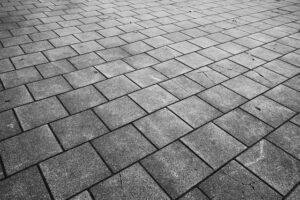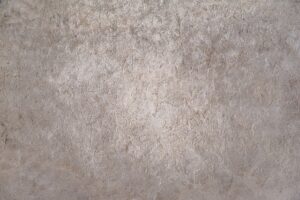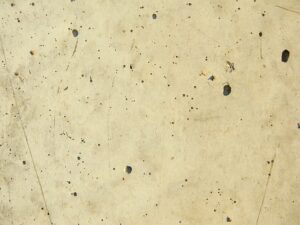Maximizing Energy Efficiency with Insulated Concrete Form Systems for Moisture-Proof Walls
Insulated Concrete Forms (ICFs) are a highly effective building solution that offers both superior insulation and moisture management, enhancing build…….
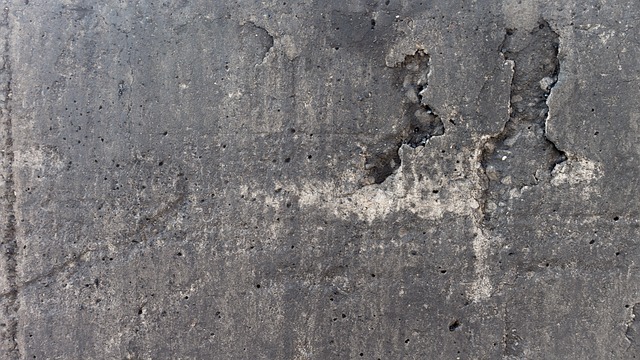
Insulated Concrete Forms (ICFs) are a highly effective building solution that offers both superior insulation and moisture management, enhancing building efficiency and sustainability. These systems consist of interlocking foam blocks with embedded steel rebar filled with concrete, creating airtight and moisture-resistant walls. ICFs provide high thermal performance to maintain consistent indoor temperatures, reduce energy consumption for heating and cooling, and protect against mold and external weather conditions, thus increasing the building's longevity and resilience. They are particularly beneficial in humid or wet environments, contributing to a healthier living environment and aligning with sustainable development principles by reducing the carbon footprint associated with traditional construction methods. ICF installation involves careful alignment of foam blocks, insertion of steel rebar, additional layers of foam for insulation, and finally, pouring concrete into the forms, resulting in a seamless wall that is both energy-efficient and durable. Overall, ICFs represent an advancement in sustainable building practices with significant benefits in terms of energy efficiency, occupant comfort, and structural resilience.
Insulated Concrete Forms (ICFs) are revolutionizing the construction landscape by providing homes and buildings with superior protection against air and moisture infiltration. This article delves into the critical role of airtight and moisture-resistant walls, emphasizing ICF systems as a cornerstone in modern building practices. From their enhanced efficiency to their long-term sustainability, ICFs are reshaping our approach to construction. We will explore their key components, installation methods, and environmental benefits, comparing them to traditional building techniques. Additionally, we’ll examine successful global projects that showcase the versatility of ICFs in both residential and commercial settings. As we navigate through innovations and address common challenges, this article aims to provide a comprehensive guide for builders and architects considering incorporating ICF technology into their next project.
- Understanding the Importance of Airtight and Moisture-Resistant Walls in Modern Construction
- The Role of Insulated Concrete Forms (ICFs) in Enhancing Building Efficiency
- Key Components of ICF Systems: What Makes Them Effective Barriers Against Air and Moisture?
- The Installation Process of Insulated Concrete Forms: A Step-by-Step Guide
Understanding the Importance of Airtight and Moisture-Resistant Walls in Modern Construction
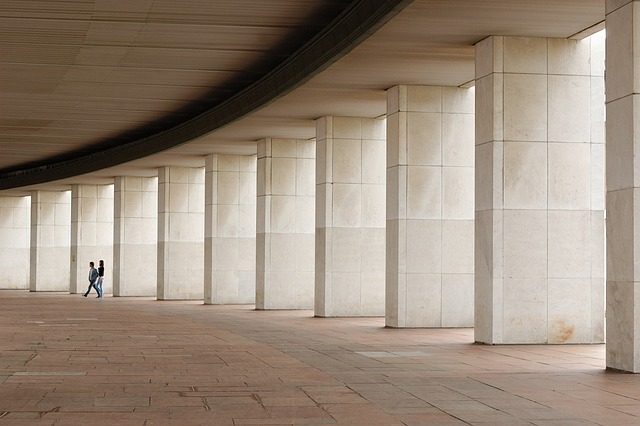
In contemporary construction, the integration of airtight and moisture-resistant walls is paramount for energy efficiency, occupant comfort, and durability. These walls play a crucial role in moderating indoor temperatures, reducing energy consumption, and ensuring consistent air quality within homes and buildings. An advanced solution in this realm is the Insulated Concrete Form (ICF) system. ICFs are composed of interlocking foam blocks with integrated steel rebar that are stacked and filled with concrete to create structurally sound walls. The airtight nature of ICFs arises from their seamless construction, which eliminates the numerous seams and gaps found in traditional framing methods. This design effectively prevents air and moisture intrusion, enhancing thermal performance and minimizing the potential for mold growth, a common issue with conventional building materials. Moreover, ICFs provide a high resistance to external forces such as wind and water, offering exceptional resilience against natural disasters. The material’s inherent properties also contribute to noise reduction, making living spaces more tranquil and comfortable. By adopting the Insulated Concrete Form method, construction professionals can significantly improve the overall sustainability of buildings, leading to energy savings and a healthier environment for occupants.
The Role of Insulated Concrete Forms (ICFs) in Enhancing Building Efficiency
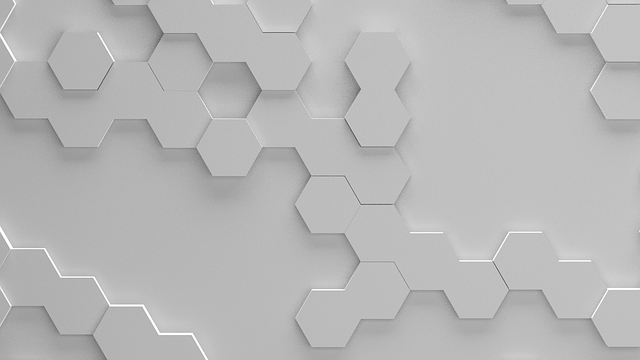
Insulated Concrete Forms (ICFs) play a pivotal role in the construction industry, particularly in enhancing building efficiency through superior insulation and moisture management. These high-performance building systems consist of two interlocking concrete walls with an insulating foam core sandwiched in between, creating an effective thermal envelope that minimizes heat transfer. The result is a highly energy-efficient structure capable of maintaining consistent indoor temperatures year-round. This not only leads to reduced heating and cooling costs for the occupants but also contributes to a smaller carbon footprint, as less energy is required to maintain comfort levels within the building.
Furthermore, ICFs provide a robust and resilient structure that excels at managing moisture. The airtight nature of ICF walls ensures that air leakage is significantly reduced, preventing moist air from causing condensation or mold growth within the walls. This airtight seal also acts as a barrier against external wind pressures and weather elements, further enhancing the durability and longevity of the building. Additionally, the integrated insulation properties of ICFs maintain consistent interior conditions, which is essential for preserving the integrity of sensitive materials or electronics within the home or building. The use of Insulated Concrete Forms thus represents a significant advancement in sustainable construction practices, offering both immediate and long-term benefits for building efficiency and occupant comfort.
Key Components of ICF Systems: What Makes Them Effective Barriers Against Air and Moisture?
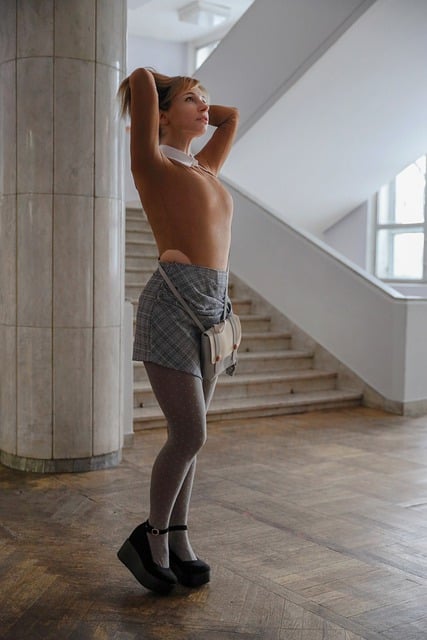
Insulated Concrete Forms, commonly known as ICFs, represent a sophisticated building system that offers exceptional protection against air and moisture infiltration. Comprising interlocking foam blocks reinforced with steel rebar and filled with concrete, ICFs are designed to create walls that are both thermally efficient and structurally resilient. The high-density polyurethane or expanded polystyrene foam insulation within these forms provides an airtight seal, significantly reducing the potential for air leakage. This airtightness is crucial for maintaining indoor air quality and ensuring consistent temperatures year-round, leading to enhanced energy efficiency. Moreover, the dense nature of the insulation acts as a barrier against water vapor, preventing it from penetrating the concrete and compromising the structural integrity of the wall. The impermeable qualities of ICFs not only contribute to their longevity but also make them an ideal solution for environments prone to high humidity or wet conditions, ensuring the durability and comfort of the occupied space.
The effectiveness of ICF systems is further bolstered by their integration with smart design and construction practices. The seamless connection between the foam blocks and the poured concrete creates a monolithic thermal envelope that minimizes thermal bridging, a common issue in traditional construction where heat can escape through the structural elements of the wall. Additionally, the insulation’s continuous nature allows for a uniform R-value throughout the wall section, which is a measure of thermal resistance. This means that ICF walls provide consistent insulation performance, ensuring that the interior remains well-insulated against both hot and cold extremes. The result is a comfortable living or working environment with significantly reduced heating and cooling costs, making Insulted Concrete Forms a cost-effective and sustainable building solution for contemporary construction projects.
The Installation Process of Insulated Concrete Forms: A Step-by-Step Guide
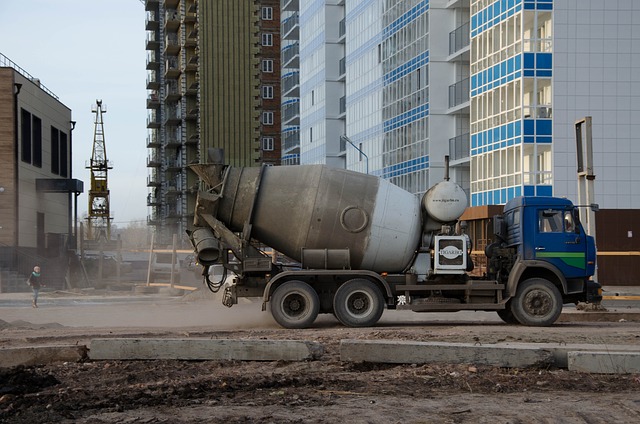
Insulated Concrete Forms (ICFs) offer a robust solution for creating airtight, moisture-resistant walls in both residential and commercial structures. The installation process of ICFs is meticulously structured to ensure efficiency, durability, and performance. This guide provides a step-by-step overview of the process.
The initial phase involves selecting an appropriate site and preparing the ground with a level foundation. Once the base is ready, workers place the first layer of foam insulation forms, locking them together to form the vertical walls. These interlocking forms are designed to provide a high R-value for superior thermal performance, which contributes to energy efficiency throughout the building’s lifespan. After the initial layer is set, steel rebar is positioned within the forms to reinforce the concrete and enhance structural integrity.
Following the rebar installation, another layer of foam insulation is added to the outside or inside of the forms, depending on the design requirements and builder preference. This layering process traps the air between the foams, further enhancing the insulating properties. Next, the concrete is poured into the forms, encasing the rebar and filling every contour. The concrete cures over time, creating a monolithic concrete wall that is both strong and well-insulated. Once the concrete has reached the necessary strength, the forms are carefully removed, leaving behind a smooth, insulated wall that is airtight and resistant to moisture infiltration. This method not only speeds up construction time but also results in a building envelope that provides excellent energy efficiency and long-term durability.
In conclusion, the integration of airtight and moisture-resistant walls, particularly through the use of Insulated Concrete Forms (ICFs), represents a significant advancement in modern construction practices. These systems are pivotal in enhancing building efficiency by mitigating air and moisture intrusion, which can lead to improved indoor air quality, energy conservation, and structural integrity over time. The robustness and effectiveness of ICFs lie in their multifaceted design, which includes high-performance insulation, interlocking panels, and a continuous foam core that serves as both an insulator and a barrier against external elements. By following the outlined installation process, construction professionals can reliably implement these systems, ensuring homes and buildings are protected from the harmful effects of moisture and drafts. As a result, homeowners and occupants enjoy a healthier, more comfortable living environment with reduced energy costs. The adoption of ICFs underscores a commitment to sustainable building practices that will benefit both current and future generations.
